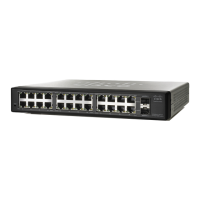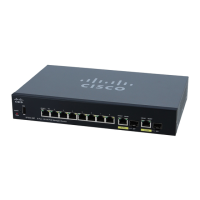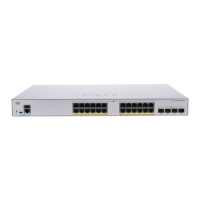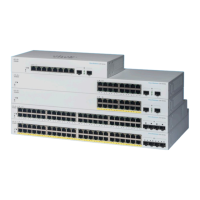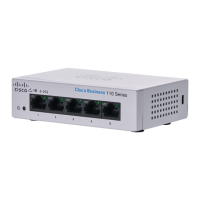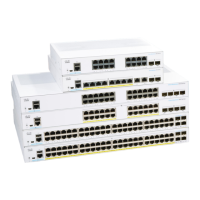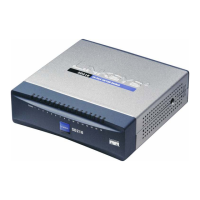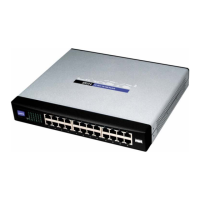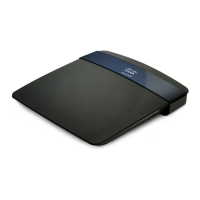Security: Secure Sensitive Data Management
SSD Properties
Cisco Small Business 200 Series Smart Switch Administration Guide 297
22
The local passphrase can be configured to be either the default passphrase or a user-defined passphrase.
By default, the local passphrase and default passphrase are identical. It can be changed by administrative
actions from either the Command Line Interface (if available) or the web-based interface. It is automatically
changed to the passphrase in the startup configuration file, when the startup configuration becomes the
running configuration of the device. When a device is reset to factory default, the local passphrase is reset
to the default passphrase.
Configuration File Passphrase Control
File passphrase control provides additional protection for a user-defined passphrase, and the sensitive
data that are encrypted with the key generated from the user-defined passphrase, in text-based
configuration files.
The following are the existing passphrase control modes:
• Unrestricted (default)—The device includes its passphrase when creating a configuration file. This
enables any device accepting the configuration file to learn the passphrase from the file.
• Restricted—The device restricts its passphrase from being exported into a configuration file.
Restricted mode protects the encrypted sensitive data in a configuration file from devices that do not
have the passphrase. This mode should be used when a user does not want to expose the
passphrase in a configuration file.
After a device is reset to the factory default, its local passphrase is reset to the default passphrase. As a
result, the device will be not able to decrypt any sensitive data encrypted based on a user-defined
passphrase entered from a management session (GUI/CLI), or in any configuration file with restricted mode,
including the files created by the device itself before it is reset to factory default. This remains until the
device is manually reconfigured with the user-defined passphrase, or learns the user-defined passphrase
from a configuration file.
Configuration File Integrity Control
A user can protect a configuration file from being tampered or modified by creating the configuration file
with Configuration File Integrity Control. It is recommended that Configuration File Integrity Control be
enabled when a device uses a user-defined passphrase with Unrestricted Configuration File Passprhase
Control.
CAUTION Any modification made to a configuration file that is integrity protected is
considered tampering.
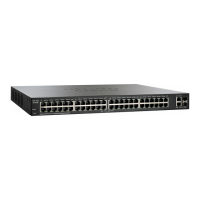
